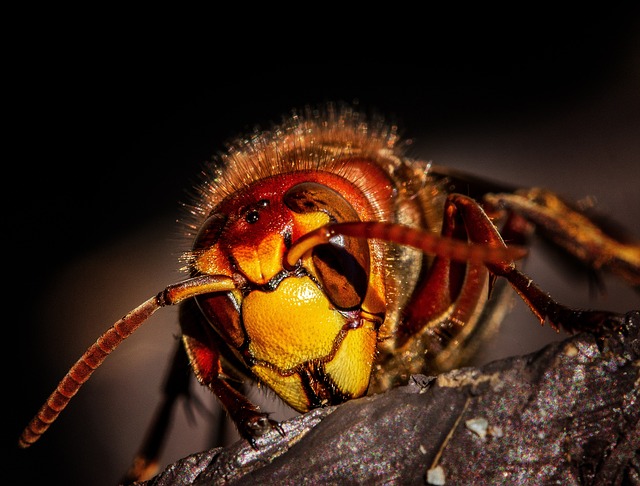Wildlife proofing inspections in Littleton prevent snake removal issues by identifying and sealing entry points. Experts use physical clues and thorough attic/crawl space checks for effective, humane snake capture. Post-removal, sealing gaps and regular maintenance deter future intrusions, ensuring a safe living environment through strategic measures tailored to local wildlife habits.
Wildlife proofing inspections are essential for safeguarding homes and ensuring a safe, peaceful environment. This article delves into the world of wildlife control, focusing on understanding the basics of inspections and effective strategies for preventing future intrusions. We explore a case study of successful snake removal from a residential property in Littleton, highlighting best practices that can be applied to similar situations. Learn how to navigate these challenges and protect your space from unwelcome visitors.
- Understanding Wildlife Proofing: The Basics of Inspections
- Snake Removal: A Residential Littleton Case Study
- Effective Strategies for Preventing Future Wildlife Intrusions
Understanding Wildlife Proofing: The Basics of Inspections

Wildlife proofing inspections are crucial for identifying potential entry points and habitats that attract unwanted animals, such as snakes, rodents, or birds, to residential properties in Littleton. The primary goal is to ensure the safety and comfort of homeowners by preventing wildlife from causing damage or posing health risks. These inspections involve a thorough assessment of the exterior and interior of buildings, focusing on areas where wild creatures might find shelter or food.
During an inspection for snake removal from residential properties, professionals look for signs of snakes, including tracks, shed skin, or visible markings. They also check for proper sealing of windows, doors, and vents to prevent entry. The process includes a detailed examination of attics, crawl spaces, and basements, which are common hiding places for snakes seeking warmth or prey. By combining knowledge of local wildlife behavior with meticulous observation, experts can offer effective solutions tailored to each unique situation in Littleton’s residential areas.
Snake Removal: A Residential Littleton Case Study

In the peaceful suburban setting of Littleton, snake removal from residential properties has become an increasingly common concern among homeowners. This case study highlights a typical scenario where professional wildlife control services were called upon to address a growing serpentine problem. The residents, disturbed by frequent snake sightings in their yard, reached out to experts for a comprehensive inspection and solution.
During the inspection, wildlife specialists meticulously assessed the property, identifying potential entry points and habitats that attracted snakes. They discovered several gaps around foundations and inadequate ventilation systems, which provided easy access for these slithering visitors. After a thorough evaluation, the team implemented effective snake removal strategies, sealing off entry points and employing safe, humane methods to capture and relocate the serpents. This successful intervention ensured the safety of both the residents and the snakes, showcasing the importance of professional wildlife proofing in maintaining a harmonious coexistence between humans and nature in urban areas like Littleton.
Effective Strategies for Preventing Future Wildlife Intrusions

Preventing future wildlife intrusions requires a multi-faceted approach. After a successful wildlife control and snake removal from residential properties in Littleton, it’s crucial to implement long-lasting solutions to deter pests. One effective strategy involves sealing entry points and gaps around the exterior of homes. This includes checking for cracks, holes, or any openings that might serve as access points for snakes and other animals. Using sturdy materials like metal or concrete mesh and sealing them tightly can significantly reduce the risk of re-entry.
Regular maintenance is essential to ensuring these measures remain effective. Homeowners should schedule periodic inspections to identify and address new potential entry points, especially after weather events or construction work. Additionally, keeping the area around the property well-maintained, with trimmed vegetation and clear debris accumulation, can deter wildlife from seeking shelter and food sources in residential areas. These proactive steps, combined with professional advice tailored to local wildlife habits, are key to maintaining a safe and peaceful living environment.
Wildlife proofing inspections are a proactive approach to safeguarding homes and businesses from unwanted animal visitors, particularly snakes. As demonstrated in our case study on snake removal from residential properties in Littleton, these meticulous assessments identify potential entry points and recommend tailored solutions. By implementing effective strategies discussed, homeowners can prevent future wildlife intrusions, ensuring a safer, more secure living environment. Remember, professional wildlife control services are crucial for handling sensitive situations, especially when dealing with venomous species.
